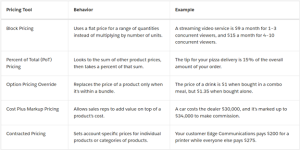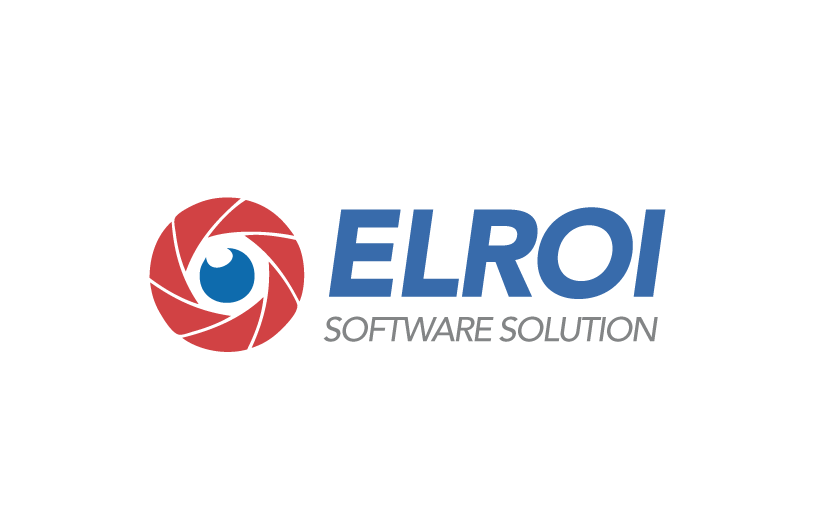Salesforce Pricing Tools
Before getting into this blog, you might think of we have price books, then why we need CPQ and its tools.
Currently, you might use price books to manage product pricing. As a quick recap, a price book entry represents the price of a specific product, and a price book is a collection of these entries.
However, consider a situation where you serve a wide variety of customer types, each requiring distinct pricing. Creating a price book for every customer type becomes cumbersome, leading to increased data management and effort. The challenge grows when only minor pricing changes are needed for certain customers. Relying solely on price books makes handling such pricing exceptions difficult.
This is where Salesforce CPQ and its tools came into existence. When creating a quote, Salesforce CPQ utilizes the selected price book as usual but adds pricing exceptions when required. This allows you to work with fewer price books while still applying specific pricing for unique customers and situations. Additionally, it supports advanced pricing adjustments that price books alone cannot manage.
While Salesforce CPQ provides robust tools for adjusting prices beyond those in the price book, it still requires a foundational starting point. Price books remain essential for Salesforce CPQ. If a quote uses a price book that lacks an entry for a product, that product won’t appear on the product selection page and cannot be added to the quote.
Note: If your quote is using a price book that’s missing a price book entry for a product, that product won’t appear in the product selection page, and can’t be added to the quote.
Getting Deep Dive:
In the competitive world of sales, having the right tools to streamline pricing and quoting processes can make all the difference. Salesforce offers robust pricing tools, such as Salesforce CPQ (Configure, Price, Quote), that empower businesses to create accurate and efficient pricing strategies. Let’s dive into the features, benefits, and best practices for using Salesforce pricing tools to maximize your sales success.
What Are Salesforce Pricing Tools?
Salesforce pricing tools are features and solutions within the Salesforce ecosystem designed to help businesses manage, optimize, and automate their pricing processes. The flagship solution, Salesforce CPQ, integrates seamlessly with Salesforce CRM, allowing sales teams to configure products, generate accurate quotes, and close deals faster.
Pricing Tools are:
Block Pricing:
Fixed pricing for predefined quantities. Block Pricing allows businesses to set a single price for a defined “block” or range of quantities, rather than pricing each unit individually. This method is particularly useful for services or products sold in batches, such as licenses or consulting hours.
Percent of Total (PoT) Pricing:
Calculates the price of a product as a percentage of the total price of other selected products. PoT Pricing is ideal for services, such as warranties or support plans, where the cost is dependent on the price of related products.
Option pricing Override:
Allows users to override the price of a product option in a bundle. This method is useful when certain options have customized or promotional pricing, independent of their standard pricing rules.
Cost plus Markup pricing:
Calculates the final price by adding a fixed percentage or amount as a markup to the product’s base cost. This method ensures profitability by covering costs and adding a profit margin, commonly used in industries like manufacturing and wholesale.
Contracted Pricing:
Provides special pricing agreements for specific customers. This pricing method ensures long-term customer relationships by locking in discounted rates or tailored prices for repeat customers or those with negotiated agreements.
Note: You might understand the Discounts are typically applied after determining the starting price of the product using these pricing methods. Plan your pricing and then plan your discounts.
Key Features of Salesforce Pricing Tools
1. Product Configuration:
- Easily configure complex product bundles with predefined rules.
- Ensure accurate product selection to meet customer needs.
2. Pricing Methods:
- Support for multiple pricing strategies, including:

3. Discount Management:
- Apply automatic or manual discounts while ensuring profitability.
- Set approval thresholds to maintain pricing governance.
4. Quote Generation:
- Generate professional, error-free quotes quickly.
- Customize quote templates with branding and key details.
5. Subscription Management:
- Manage recurring revenue models for subscription-based products or services.
6. Guided Selling:
- Provide intelligent recommendations to sales reps for upselling and cross-selling opportunities.
Benefits of Using Salesforce Pricing Tools
1. Accuracy and Efficiency:
- Eliminate manual errors in pricing calculations and quotes.
- Speed up the sales cycle with automated processes.
2. Improved Customer Experience:
- Provide tailored quotes and pricing to meet customer expectations.
- Increase customer trust with transparency in pricing.
3. Enhanced Revenue Management:
- Optimize pricing strategies to maximize profitability.
- Leverage data insights for better pricing decisions.
4. Compliance and Governance:
- Ensure pricing consistency across the organization.
- Enforce approval workflows for discounts and special pricing.
Best Practices for Using Salesforce Pricing Tools
1. Leverage Price Books Effectively:
- Organize products into standard and custom price books for easy access.
2. Define Clear Pricing Rules:
- Use pricing rules to automate discounts, markups, and special conditions.
3. Train Your Sales Team:
- Provide adequate training for sales reps to use Salesforce CPQ efficiently.
4. Integrate with Other Systems:
- Connect Salesforce CPQ with ERP and billing systems for seamless end-to-end processes.
5. Monitor and Optimize:
- Regularly review pricing performance and update strategies based on analytics.
Conclusion
Salesforce pricing tools, particularly Salesforce CPQ, are game changers for businesses looking to streamline their sales processes. By automating pricing, enhancing accuracy, and empowering sales teams, these tools drive efficiency and profitability. Whether you’re a small business or an enterprise, adopting Salesforce pricing tools can help you stay ahead in today’s fast-paced market.
Ready to revolutionize your pricing strategy? Explore Salesforce CPQ and see how it can transform your sales process today!
Author’s Note: If you’ve successfully implemented Salesforce pricing tools in your organization, share your experiences and tips in the comments below. Let’s grow together!








